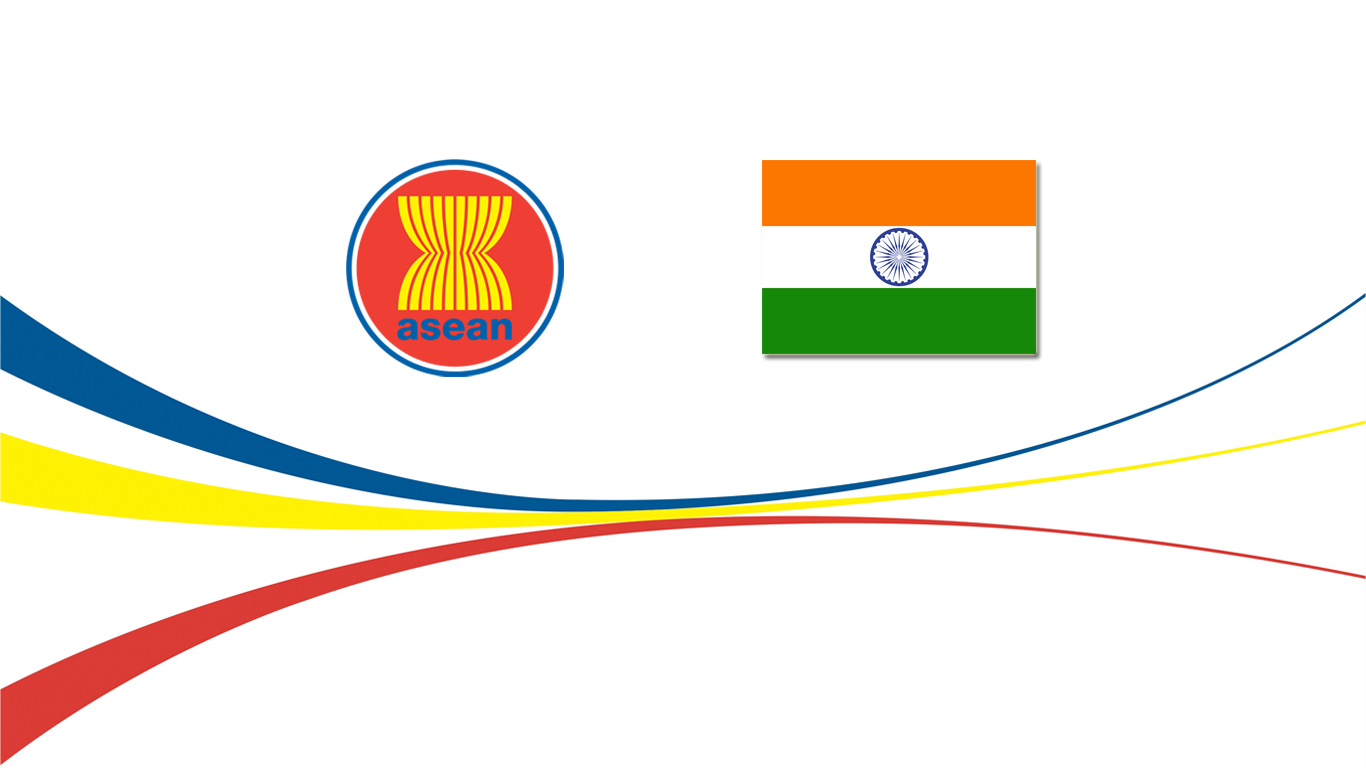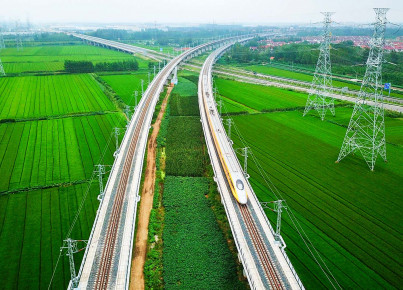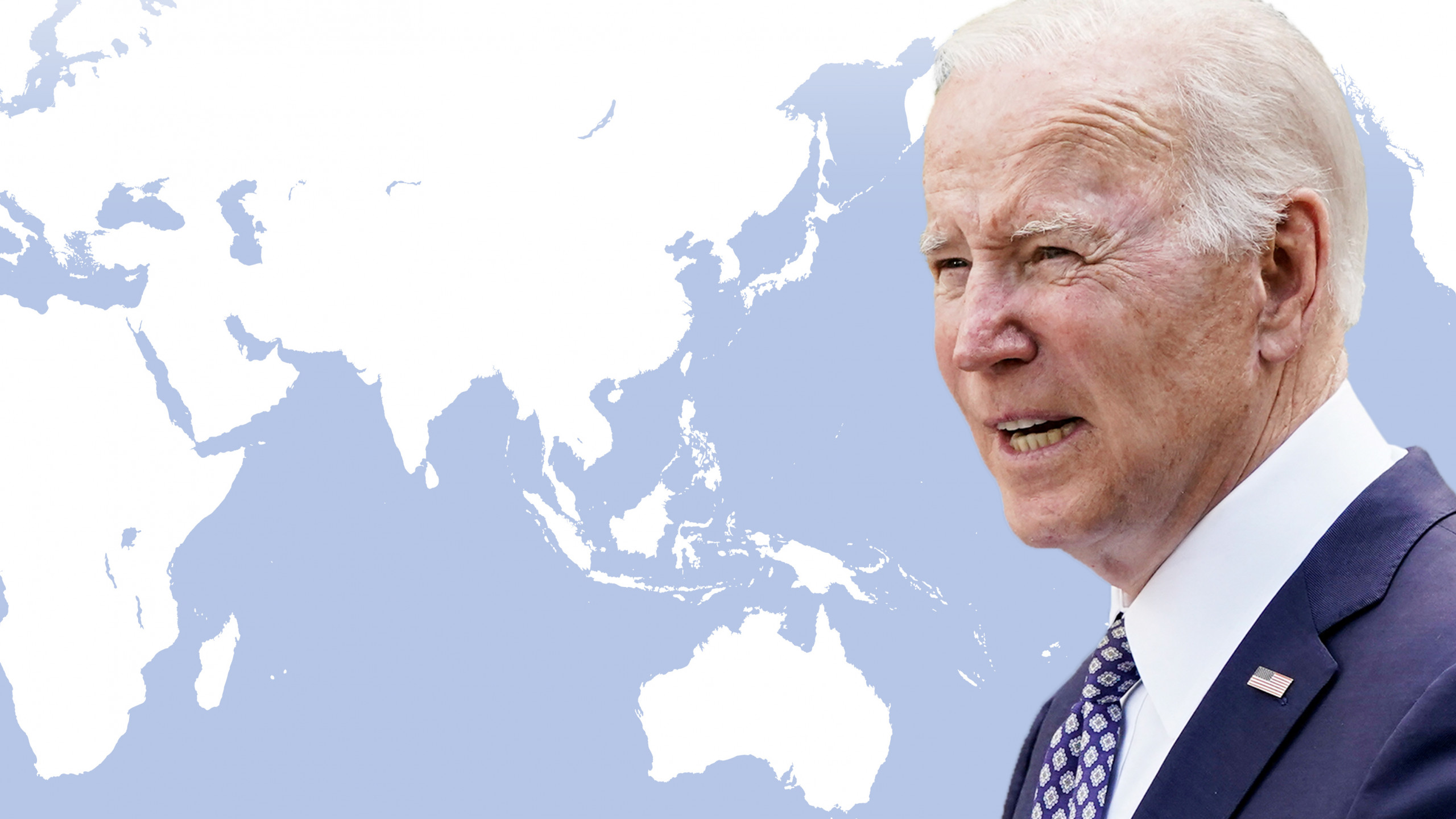By Aishwarya Nautiyal
India and ASEAN showed a willingness in developing another ecosystem as strengthening infrastructure for renewable resources while sharing expertise along with knowledge to its full potential among member nations.
Transition into new synergy with rising demand and advancement in technology is providing a new necessity of alternative and clean energy sources. ASEAN with the high level of potential from technological driven to resourcefulness has been seen by India as one of the major partners whether it is exchange of trade or new potential in innovation towards future energy needs . As the world is dealing with the fluctuating scenarios due to which rising demand of efficient energies and risk oriented dependency has brought a new requirement in exploring future avenues for green and efficient sectors of energy resources. A high level conference between delegates of India and ASEAN in the month of February, 2022 showed a willingness in developing another ecosystem as strengthening infrastructure for renewable resources while sharing expertise along with knowledge to its full potential among member nations.
New energy hubs,capacity building with technical assistance to promote joint initiative in the South Asian region has been prioritized.Initiative by India to welcome experience from ASEAN towards integration of green market is one of the key aspects. ASEAN power grid is one of the key areas of interest and its efficient functioning has brought a phase for integration and adaptation through various infrastructure development projects including strategic cooperation to sharpen the knowledge and expand opportunities in the Indian subcontinent region. India’s willingness to cooperate with Indonesia to facilitate a new dimension of transition in the renewable energy sector. Academic exchanges and providing new ideas for mutual encouragement with effective coordination among researchers and students has also been an important perspective among policymakers from India and ASEAN member nations.
Integration of Grid among ASEAN countries and its project designing new capacity building has been a key area with the welcoming signs . The Ministry of Mines and Energy of Cambodia has highlighted an importance of a unified ambition targeting actions planned for low carbon emissions whereby green hydrogen is seen by India as a new key for decarbonisation driven through intensive training and mutual expertise coordinating with partners from ASEAN grouping. Some recent developments in ASEAN countries have shown a tremendous potential in organizing and implementing new strategies towards transition into Renewable Energy. Indonesia is looking forward to resolving the storage capacity whereas Lao PDR has shown progress in a rise of 89% in new green projects including hydroelectric power generation, solar energy, biomass leading renewable energy generation totaling more than 9100 MW.
Thailand on the other hand has floated a 2700 MW solar plant creating its multi utility inclusive of water pumping. India has recently committed progress in future energy share along with new technological innovation ensuring its cost effectiveness and competitive infrastructure along with ASEAN partners such as Brunei, Philippines and Myanmar. Looking forward towards future challenges with rising opportunities utilizing technological skills of smart intelligence through India’s one of the largest networks of IT industry focusing upon robotic integration for smart engineering can bring a sustainable production to balance the demand for future energy needs in such a huge populated region. Mutual coordination with neighboring ASEAN nations can provide a platform for strengthening bilateral cooperation and sharing bilateral human development.
A response required for new energy security has been kept as one of the high priority sectors by Indian policy makers along with ASEAN promoting biofuels alternatives such as palm oil, sugarcane and coconut has emerged as a major component of alternative for driving future energy production. India produces large amounts of sugarcane in its mainland in the Northern part of its territory whereas coconut production in Southern India complemented by being a largest importer of palm oil from Malaysia and Indonesia showcase an avenue of mutual resource driven by technical cooperation as well as knowledge sharing. According to the Indian Planning Commission a major concern lies for its vast population of 1.36 billion people whose demand is rising due rising standard of living and driving workforce that needs a new kind of security policies ensuring future energy needs.
According to the United Nations Environment Programme, India spent almost USD 10.2 billion alone in 2015 while mitigating the effects of climate change and focusing on new strategies for solar and wind transition which have become a dominating field in India’s new ecosystem of sustainability in energy. New rising challenges in cities struggling with massive level of pollution and urgency of finding new ways through research and mutual confidence in investmenting in infrastructure projects, collaborative vision driven by ASEAN India commitment to succeed beyond single state strategy into integrated unified regional policy by harmonizing through mutual commitments in various steps and aspects with a vision of overcoming a daunting task of difference in national level of targets and commitments which may vary quantitatively due to variation in objectives and its time frame to overcome mechanism of conventional energy sources.






